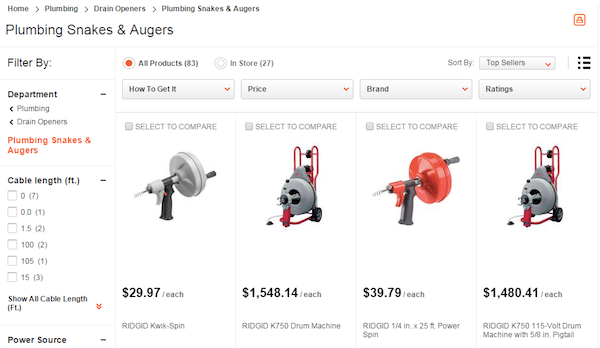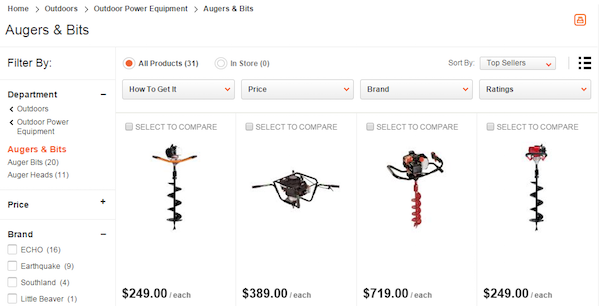How to deal with content that competes for the same search terms
Unfortunately it's common for top-of-the-funnel, broad terms to be a keyword of focus for multiple pages on your site whether you’re a startup or an enterprise business.
Unfortunately it's common for top-of-the-funnel, broad terms to be a keyword of focus for multiple pages on your site whether you’re a startup or an enterprise business.
Sometimes we’re just too good at what we do.
I find that ecommerce sites are usually more likely than marketing sites to have multiple URLs competing for a ranking for the same term.
However it is common for top-of-the-funnel, broad terms to be a keyword of focus for multiple pages on your site whether you’re a startup or an enterprise business.
Take a moment to appreciate the fact that you have some skin in the game.
The good news is you do have Google’s attention, but that’s not something to be proud of if you’re sending the same keyword signals from more than page.
If you’re confusing Google, you may also be confusing your customers or causing those pages to underperform in terms of on-site metrics like bounce rate and time on page.
Use tools like BrightEdge and SEMrush to help you sort through this ranking URL data, and if you find that you’re having this issue then it’s time to get to work.
1) Determine if you’re talking about the same thing on multiple pages.
Sometimes there’s an easy fix. If you evaluate these ranking URLs and realize that you’re actually delivering a very similar message on multiple pages, clean up the content, evaluate the backlink profile of each page and 301 Redirect the pages to the URL that you want to stick with.
If killing pages isn’t an option, update the rel=canonical tag to match one URL.
2) If the pages truly cover different topics, find ways to further differentiate the content.
For ecommerce sites this is a common task. For example, at The Home Depot we prevented our plumbing augers and our outdoor drilling augers pages from competing for the ‘augers’ keyword ranking by differentiating the page content and having unique and descriptive titles, H1s and URLs for those pages.
Ultimately we wanted outdoor drilling augers to rank for the high-funnel ‘augers’ keyword because the competing search results that Google delivers for that term more closely align with the content we show customers on the outdoor drilling augers page.
Plumbing augers landing page…

Outdoor drilling augers landing page…

If you’re not yet certain which page you want to rank for a term, use metrics like bounce rate and conversion rate to determine which page is delivering the best on-page experience.
For the page or pages that are underperforming, complete long-tail keyword research. Then rename the pages, update your H1s, page content and the anchor text to that URL on other interlinking pages of the site to better match the terms you want each page to rank for. You should also check your meta data in this step.
Be sure that this content properly sets the expectations of your customers when they see this content in SERPs. You should also consider whether the new content on these pages is meant to provide information for product-based searches or research-based searches. You may be trying to answer informational and how-to questions all in one place when it would be best to break that content out into two pages.
3) Explain the strategy to your stakeholders.
If you have the same stakeholder for all of the pages on your site, your job is a little bit easier since they hold the final decision for both.
If you have different stakeholders for different categories of content or products, things get a little trickier. Ultimately, you have to make a decision about which page (and then which stakeholder) deserves the traffic and explain to the other why they’re missing out.
Come armed with these facts:
Bounce rate comparison for each page: this demonstrates to stakeholders which page provides a better experience for customers.
Conversion rate comparison for each page: this shows which page delivers content that helps move people farther down the buyer funnel.
The value of longer-tail, higher converting terms: less traffic that is more qualified can be better than more traffic that is less qualified.
A clear action plan: come prepared and know the level of effort for the next steps such as necessary content updates, URL structure changes etc.
A clear follow-up plan: ensure stakeholders that once the next steps are taken, results will be measured and have a backup plan if the outcome isn’t what you expected it to be.